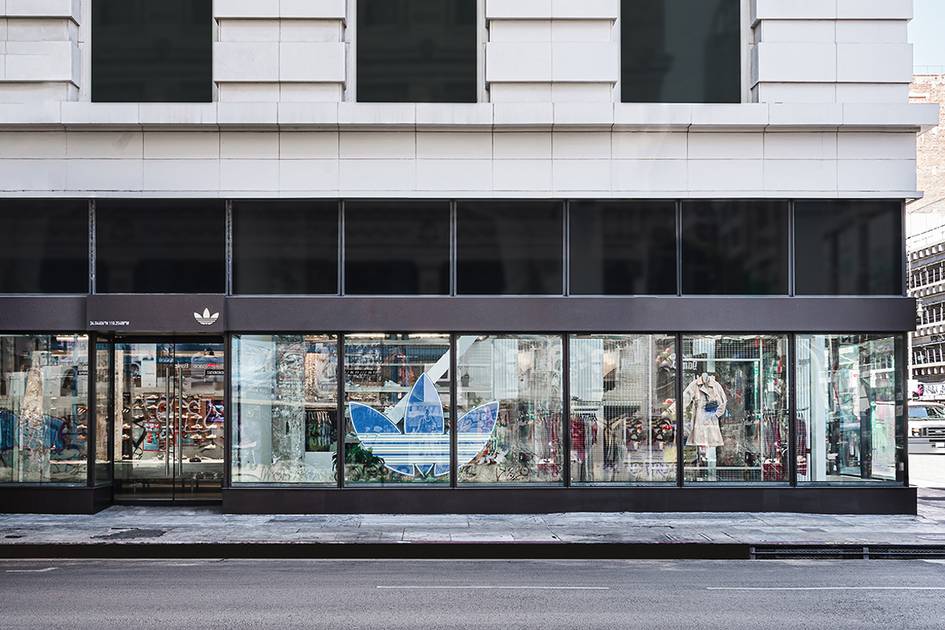A group of New Brunswick university students is one step closer to launching a mini-satellite into space.
Satellite Violet is named after New Brunswick’s provincial flower and is about the size of a loaf of bread. It successfully passed the testing phase at the Canadian Space Agency in Montreal and is headed to the International Space Station early next year.
Once the satellite is deployed from the space station into Earth’s orbit, the group will be able to perform scientific experiments to study the planet’s upper atmosphere and weather by capturing GPS signals and tracking Violet’s movements.
More than 300 people, including 274 students, have been involved in building the satellite since 2018, according to Brent Petersen, a professor in the UNB department of electrical and computer engineering.
“Once Violet is in space, the only way you can communicate with it is through radio,” said Petersen.
“Between now and May we have a lot of work to do, to get our ground station and communication ready.”
A 17-foot antenna is assembled on the roof of UNB’s Gillin Hall, and the team is working toward getting their ground station running.
The ground station is a control room in Gillin Hall where the team will interact with Violet via radio signals. The room is connected to the roof antenna through wires and has computers and radio equipment to administer their experiments.
A mini-satellite, created by a group that includes more than 200 UNB students, will be launched as part of a project by the Canadian Space Agency.
Students from different engineering departments at the Université de Moncton and the New Brunswick Community College in Saint John also worked on Violet, said Peterson.
UNB is responsible for the controlling and communication phase of the satellite, meaning that they will conduct the experiments and troubleshoot any software or technical challenges, he said.
“The team that was here is the anchor of the relay race, and they brought Violet over the finish line.”
The mini-satellite project was coached and funded by the Canadian Space Agency at a cost of about $200,000, and another $200,000 was granted by the New Brunswick Innovation Foundation, Petersen said.

Violet is one among many satellites taking part in the Canadian CubeSat project, he said, which aims to train post- secondary students in “how to design, build, test, launch and operate a mission from space,” said Tony Pellerin, director of engineering capacity development at the Canadian Space Agency.
‘Seems like our baby’
Noah Lydon has been the mechanical lead for the last seven months of Violet’s development.
Currently in his third year of engineering at UNB, Lydon said he “wanted to do something practical” using his favourite subjects — math and physics — and building a cube satellite felt perfect.

He worked on Violet’s hardware in the final stages and had to pick up from where former students left off, which was challenging.
“I feel like I have a big role in this project,” Lydon said.

“I had to make all the different parts work together, so sometimes parts didn’t fit exactly how they were supposed to, so we had to kind of redesign a bit and just make everything work and fit into the satellite.”
Lydon said he was happy to see his first satellite ace all the testing at the space agency. He and his teammates had the opportunity to place it in the deployer — a box that will sit in the rocket carrying Violet to the space station.
“It was definitely experience of a lifetime.”
“Seems like our baby, so saying goodbye to it was definitely a bit emotional but it’s all good because that’s what we wanted,” he said.
The satellite has an aluminum frame measuring 10 x 10 x 20 centimetres, several circuit boards, some solar panels and will take about 90 minutes to complete one trip around the Earth.
Beginning in 2022, 11 CubeSats have been launched. Pellerin said Violet, along with two other satellites, will be the last batch entering space, concluding the space agency’s project and bringing the total number of Canadian mini-satellites orbiting around Earth to 14.
The space agency will deliver Violet to NASA in a box, then a Falcon 9 rocket will take the box to the International Space Station on March 4, he said.
An astronaut from the space station will then launch the final three mini-satellites into orbit in May.
The satellite can survive from three to 24 months, orbiting Earth at a speed of eight kilometres per second, according to the team.
Violet will disintegrate into the atmosphere after finishing its mission.
“There’s no way to get it back,” said Lydon.









